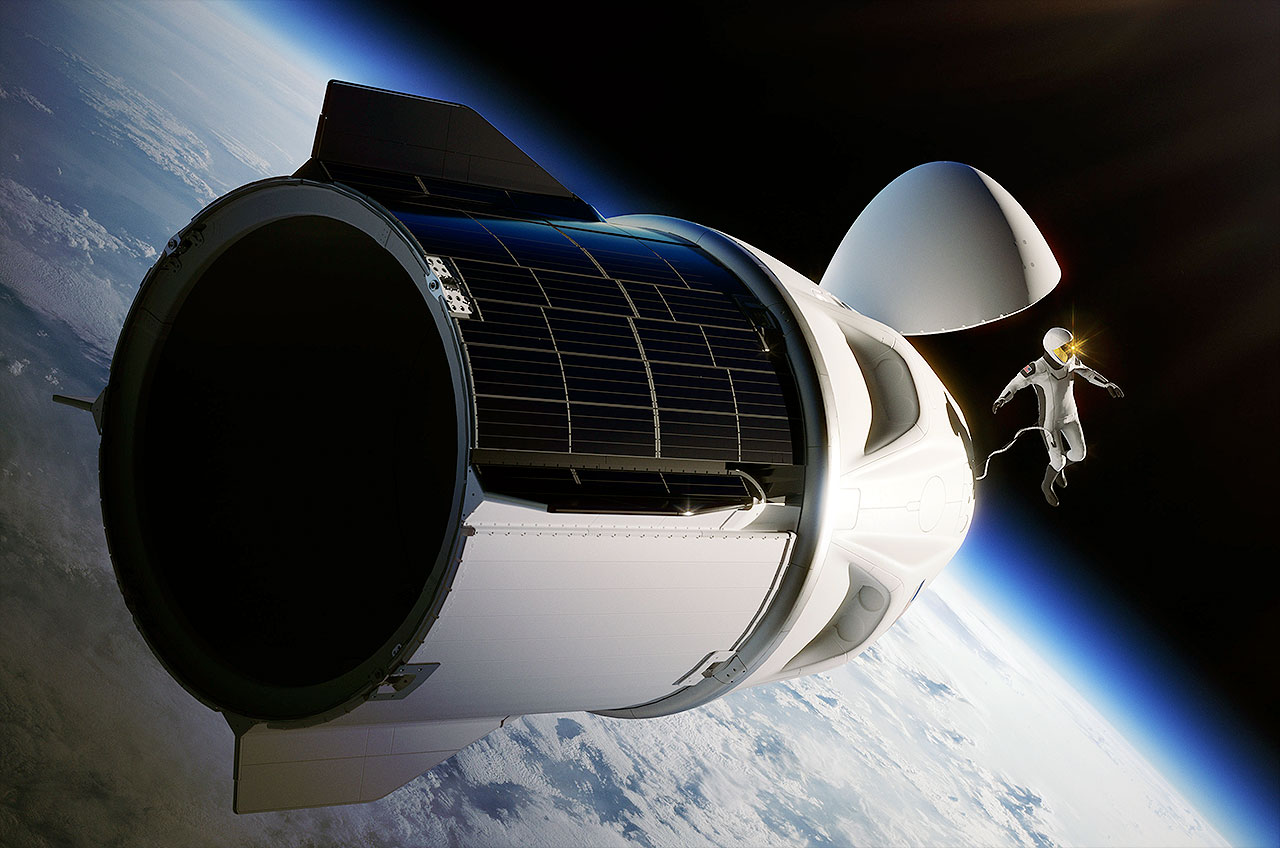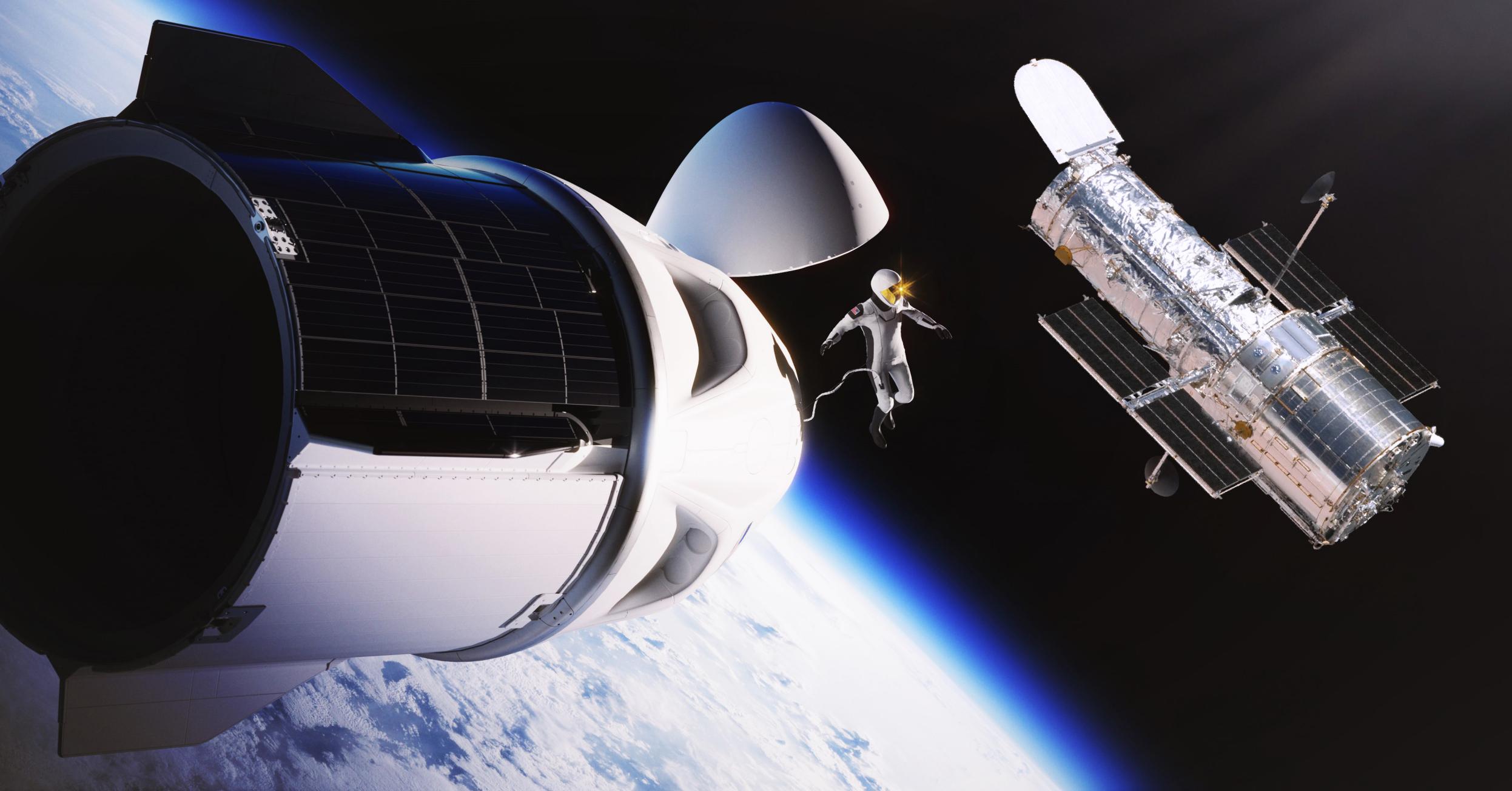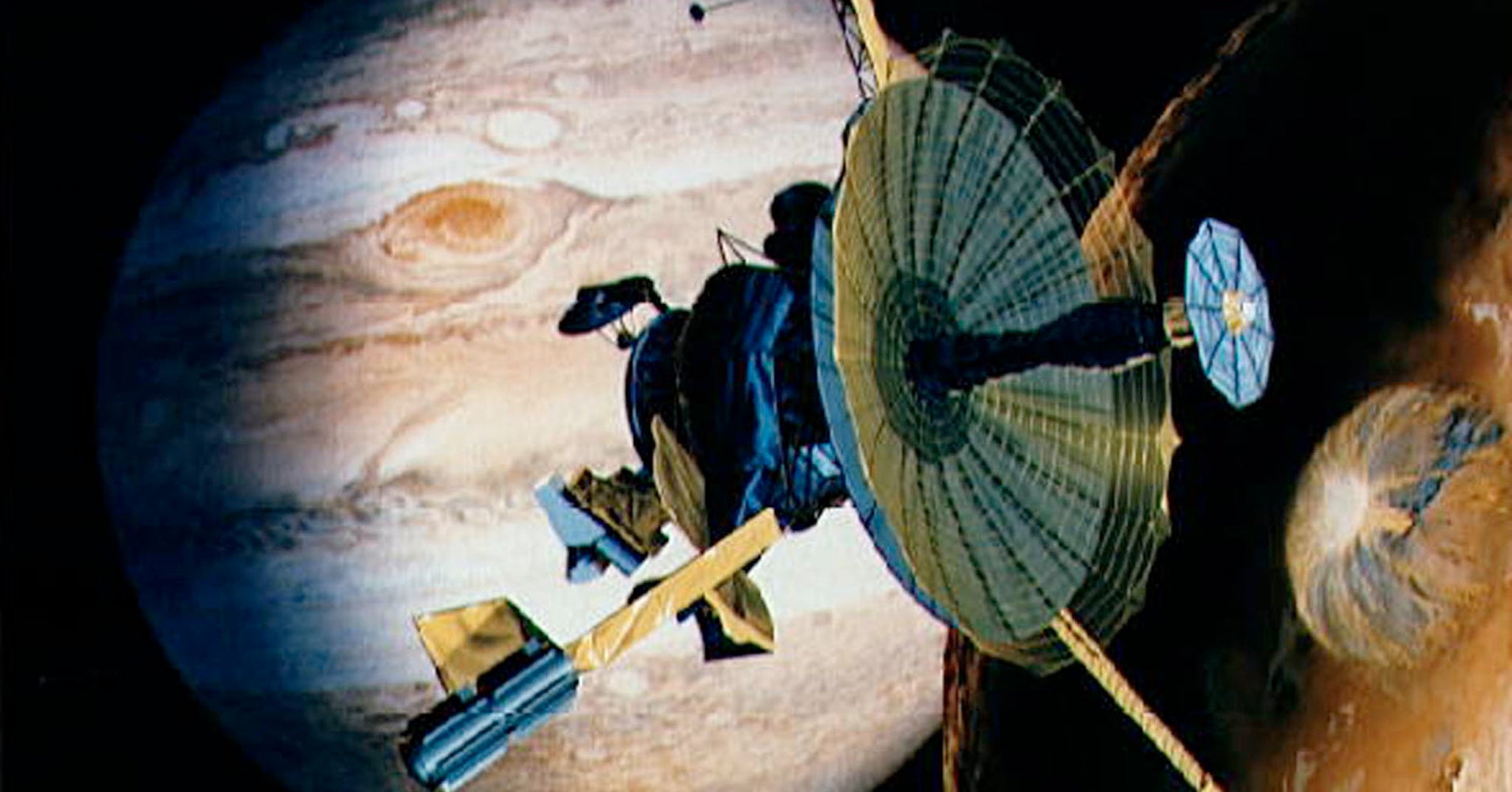Polaris Dawn Mission: A New Era in Space Exploration
The Polaris Dawn mission, a groundbreaking venture in private space exploration, is set to launch early on September 10, 2024, at 3:38 a.m. ET from NASA's Kennedy Space Center in Florida. This mission, led by billionaire entrepreneur Jared Isaacman, marks a significant milestone as it aims to take a civilian crew farther from Earth than any human has traveled since the Apollo moon missions.
Mission Overview
The Polaris Dawn mission is a five-day orbital mission that will utilize a SpaceX Dragon capsule and a Falcon 9 rocket. The crew, consisting of four civilians, will not only orbit the Earth but also attempt the first commercial spacewalk. This ambitious endeavor is part of a broader initiative to push the boundaries of human spaceflight and explore the Van Allen radiation belts surrounding our planet.
Crew Members
The crew for this historic mission includes:
- Jared Isaacman (Commander)
- Scott Poteet (Pilot)
- Sarah Gillis (Mission Specialist)
- Anna Menon (Mission Specialist)
Each member brings a unique set of skills and experiences, contributing to the mission's overall success.
Launch Preparations
As the launch date approaches, preparations are in full swing. The crew has been undergoing extensive training and simulations to ensure they are ready for the challenges of space travel. The mission has faced several delays due to various technical issues, including a helium leak that postponed the launch initially scheduled for earlier dates.
Launch Opportunities
If the primary launch window is missed, SpaceX has two additional opportunities available at 5:23 a.m. and 7:09 a.m. on the same day. The team is closely monitoring weather conditions to ensure a safe launch.

Significance of the Mission
The Polaris Dawn mission is not just another spaceflight; it represents a new frontier in commercial space exploration. By enabling private citizens to participate in space missions, it paves the way for future endeavors that could include space tourism and research missions beyond low Earth orbit.
Technical Challenges
One of the mission's key objectives is to conduct a spacewalk at an altitude that has not been achieved by private astronauts before. This will involve navigating the Van Allen radiation belts, which present unique challenges due to their intense radiation levels. The crew will need to be equipped with specialized gear to protect them during this daring excursion.
Media Coverage and Public Interest
The Polaris Dawn mission has garnered significant media attention, with major outlets like CNN, The New York Times, and Yahoo News providing extensive coverage. The public is eagerly awaiting the launch, with many expressing excitement over the potential for live broadcasts of the mission and the historic spacewalk.
Live Updates and Viewing Options
For those interested in following the mission, various platforms will provide live updates and coverage. Viewers can expect to see real-time footage of the launch and subsequent activities in space, making it an engaging experience for space enthusiasts and the general public alike.

The Polaris Dawn mission is poised to be a landmark event in the history of space exploration. With its ambitious goals and the involvement of a civilian crew, it symbolizes the growing role of private companies in the realm of space travel. As the launch date approaches, all eyes will be on SpaceX and the Polaris Dawn crew as they prepare to embark on this historic journey into the cosmos.
For more information and live updates, you can follow the links to the articles from The New York Times, CNN, and Yahoo News.





